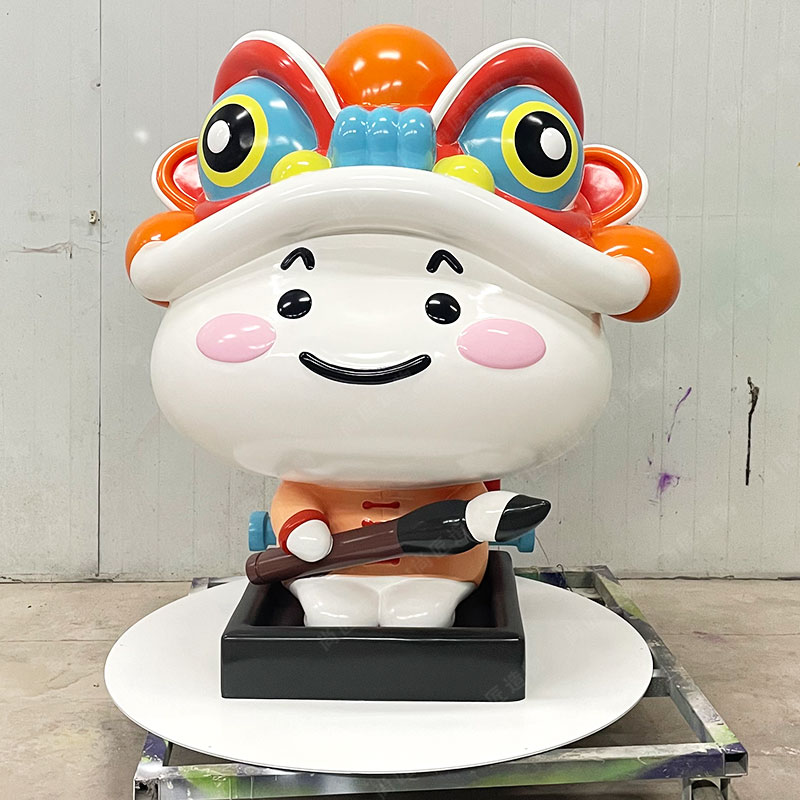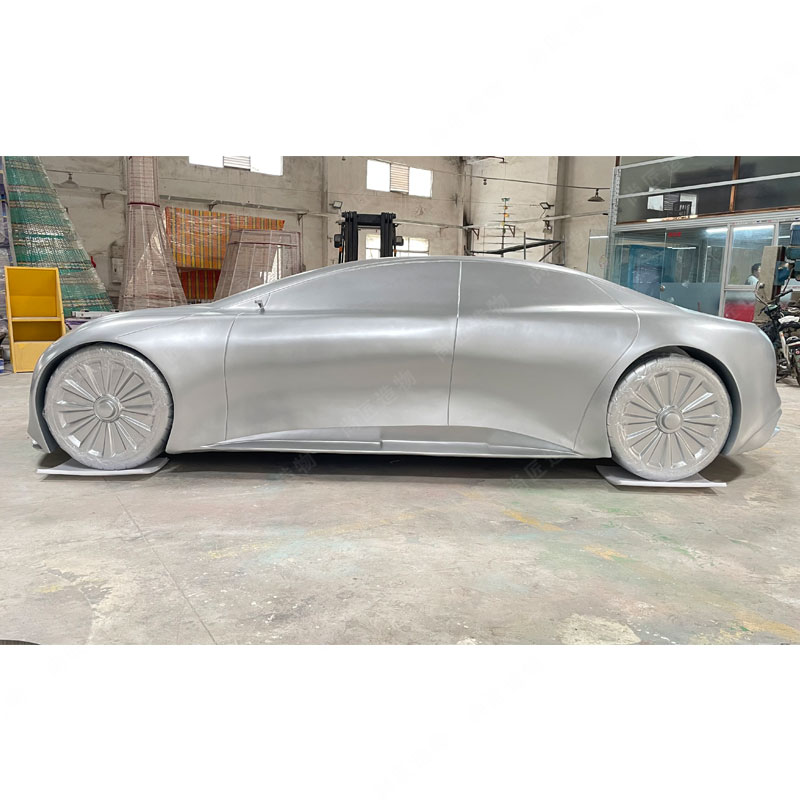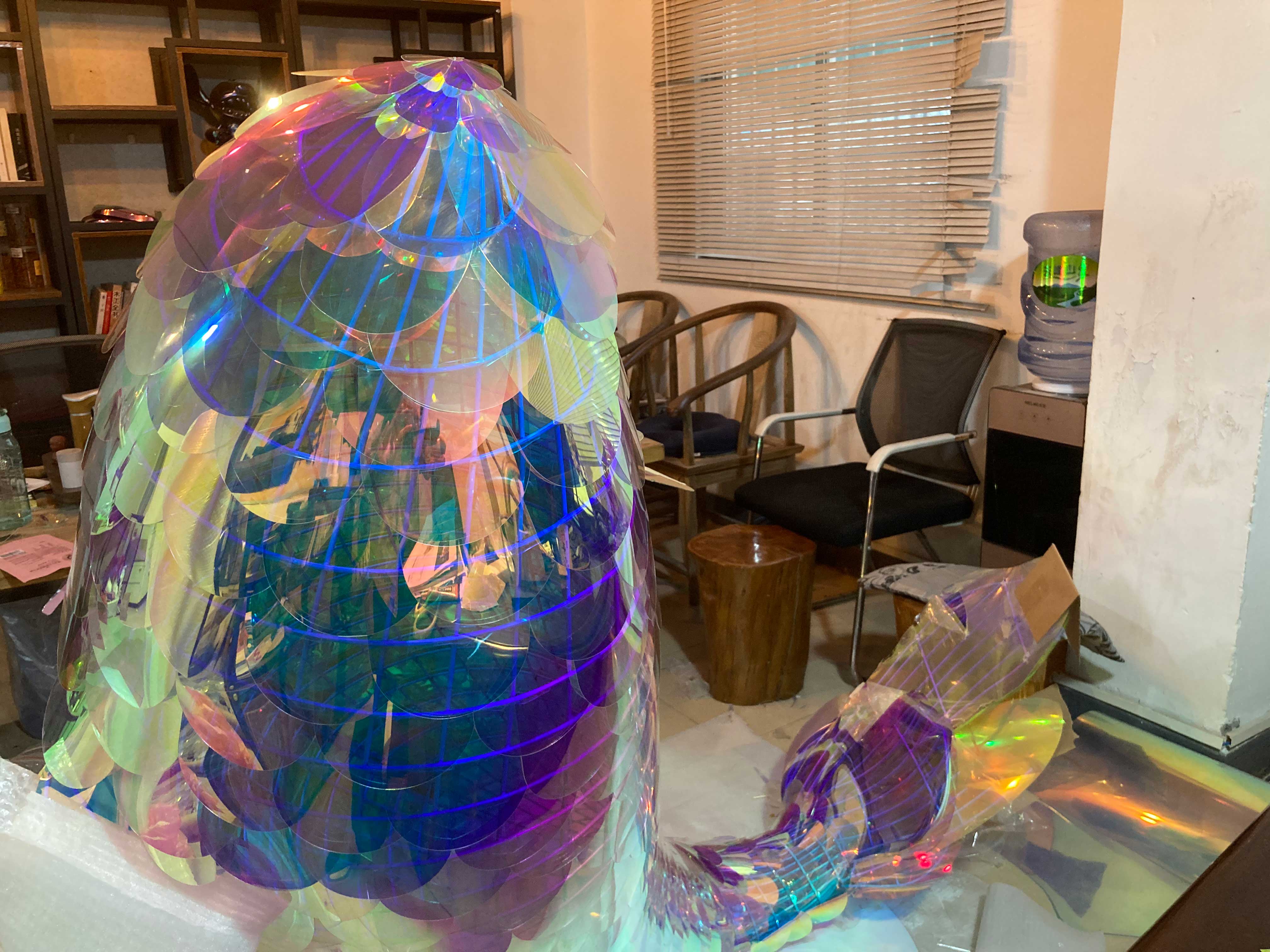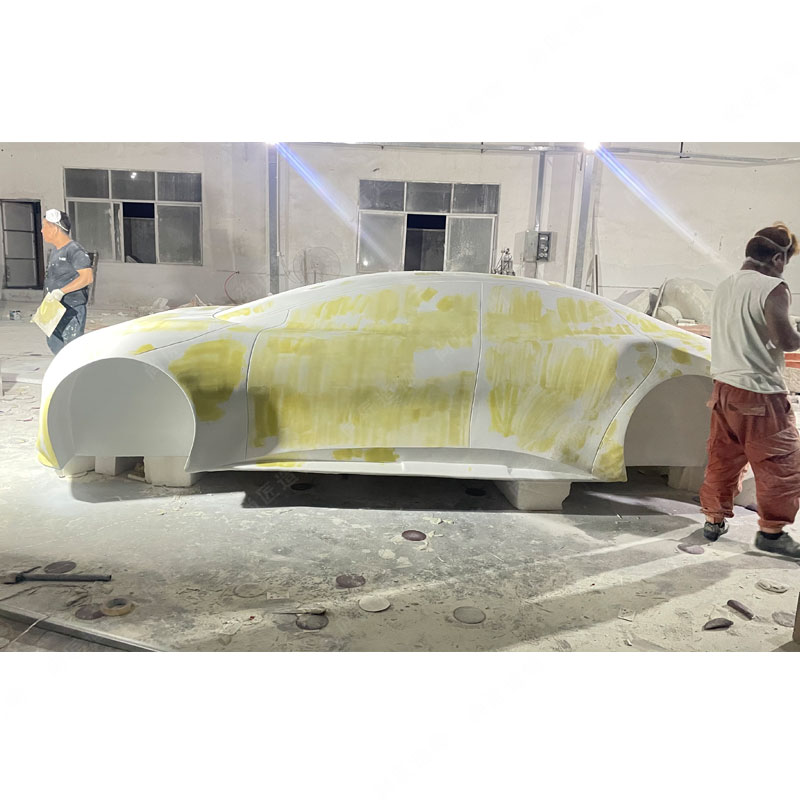Key Takeaways
Understanding core principles ensures successful stainless steel sculptures. Material selection forms the foundation; choosing the correct grade (https://en.artmovr.com/), heavily relies on these combined factors. Finally, appropriate surface finishing not only enhances appearance but also provides an additional protective layer against environmental elements.
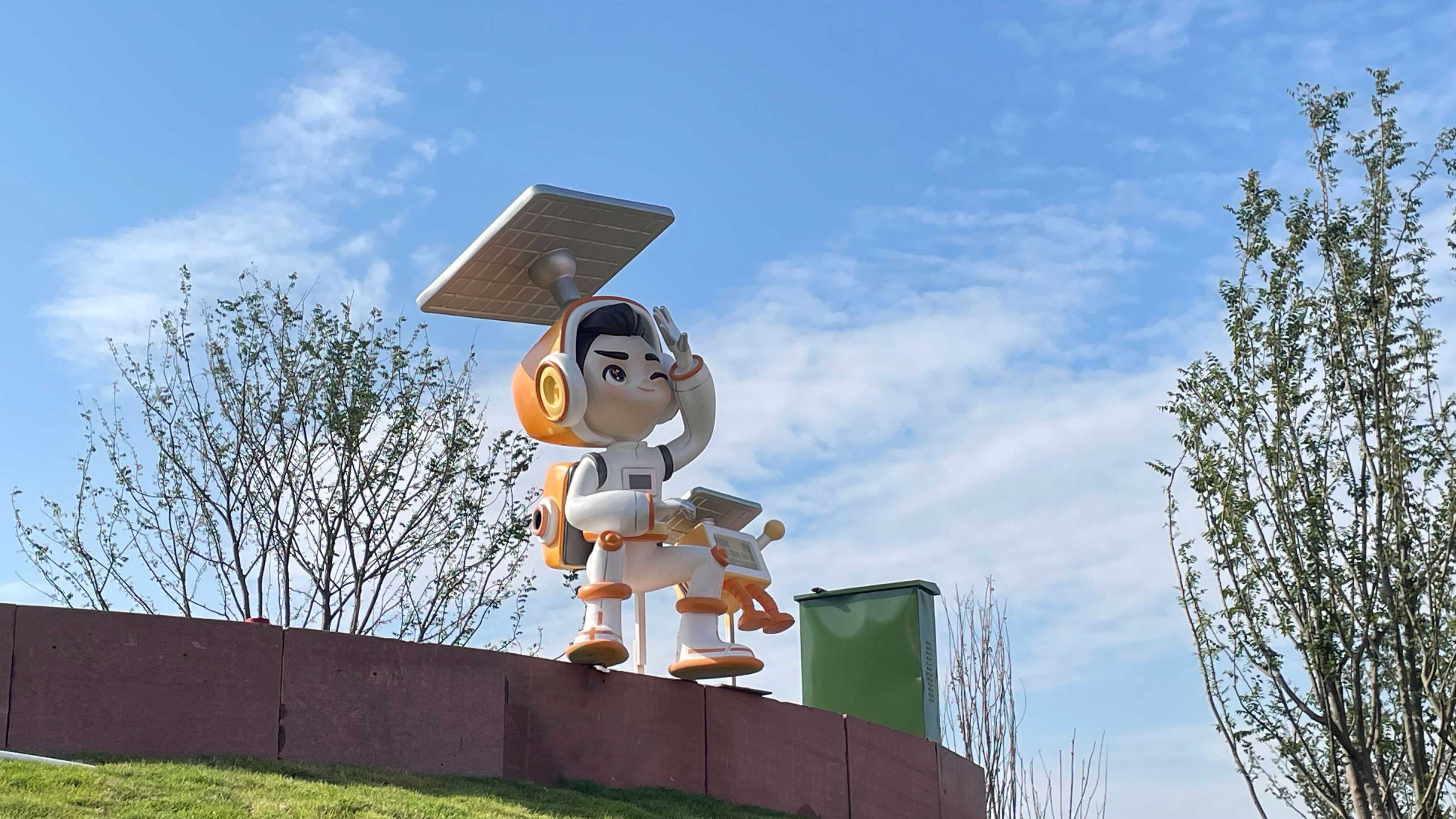
Stainless Steel Selection Guide
Choosing the right stainless steel grade is the cornerstone of building a durable, rust-resistant outdoor sculpture. Not all stainless steels offer equal protection, and selecting incorrectly can lead to premature corrosion and structural failure. The primary factors influencing your choice are the specific environmental conditions the sculpture will face and the required structural strength. For most standard outdoor environments, Type 304 stainless steel provides excellent corrosion resistance and good formability at a reasonable cost. However, in highly corrosive settings like coastal areas with salt spray, near roadways exposed to de-icing salts, or in heavily polluted industrial zones, upgrading to Type 316 stainless steel is strongly recommended. Type 316 contains molybdenum, significantly enhancing its resistance to pitting and crevice corrosion.
"For sculptures destined for marine environments, 316 stainless steel isn't just an option; it's a necessity for long-term integrity," advises a senior metallurgist specializing in artistic applications.
Consider the thickness and form of the material as well. Thicker sections offer greater structural stability for large pieces but increase weight and cost. Sheet metal is ideal for flowing forms, while tubes and rods provide excellent strength for frameworks. Bar stock suits solid, substantial elements. Crucially, ensure the alloy composition meets the specifications; adequate chromium (https://en.artmovr.com/) might be part of the initial planning, but for enduring metal art, stainless remains paramount. Understanding these material properties ensures your vision withstands the elements, paving the way for successful fabrication, including the critical welding phase.
Tip: Always request mill test reports from your supplier to verify the actual chemical composition and grade of the stainless steel you purchase.
Common Stainless Steel Grades for Outdoor Sculpture:
| Grade | Key Alloy Additions | Best Suited For | Corrosion Resistance | Relative Cost |
|---|---|---|---|---|
| 304 | 18-20% Chromium, 8-10.5% Nickel | General outdoor environments (parks, urban settings), low pollution | Very Good | $ |
| 316 | 16-18% Chromium, 10-14% Nickel, 2-3% Molybdenum | Coastal/marine, high salinity, industrial pollution, road salt exposure | Excellent | $$ |
| 2205 (Duplex) | 22-23% Chromium, 4.5-6.5% Nickel, 3-3.5% Molybdenum | Highly demanding environments, offers higher strength than 304/316 | Outstanding | $$$ |
Welding Outdoor Sculptures Safely
Working safely is paramount when welding stainless steel sculptures destined for outdoor exposure. Proper ventilation is essential, whether working outdoors or in a well-ventilated shop, to prevent inhaling harmful fumes generated during the welding process. Always wear appropriate personal protective equipment (https://en.artmovr.com/).
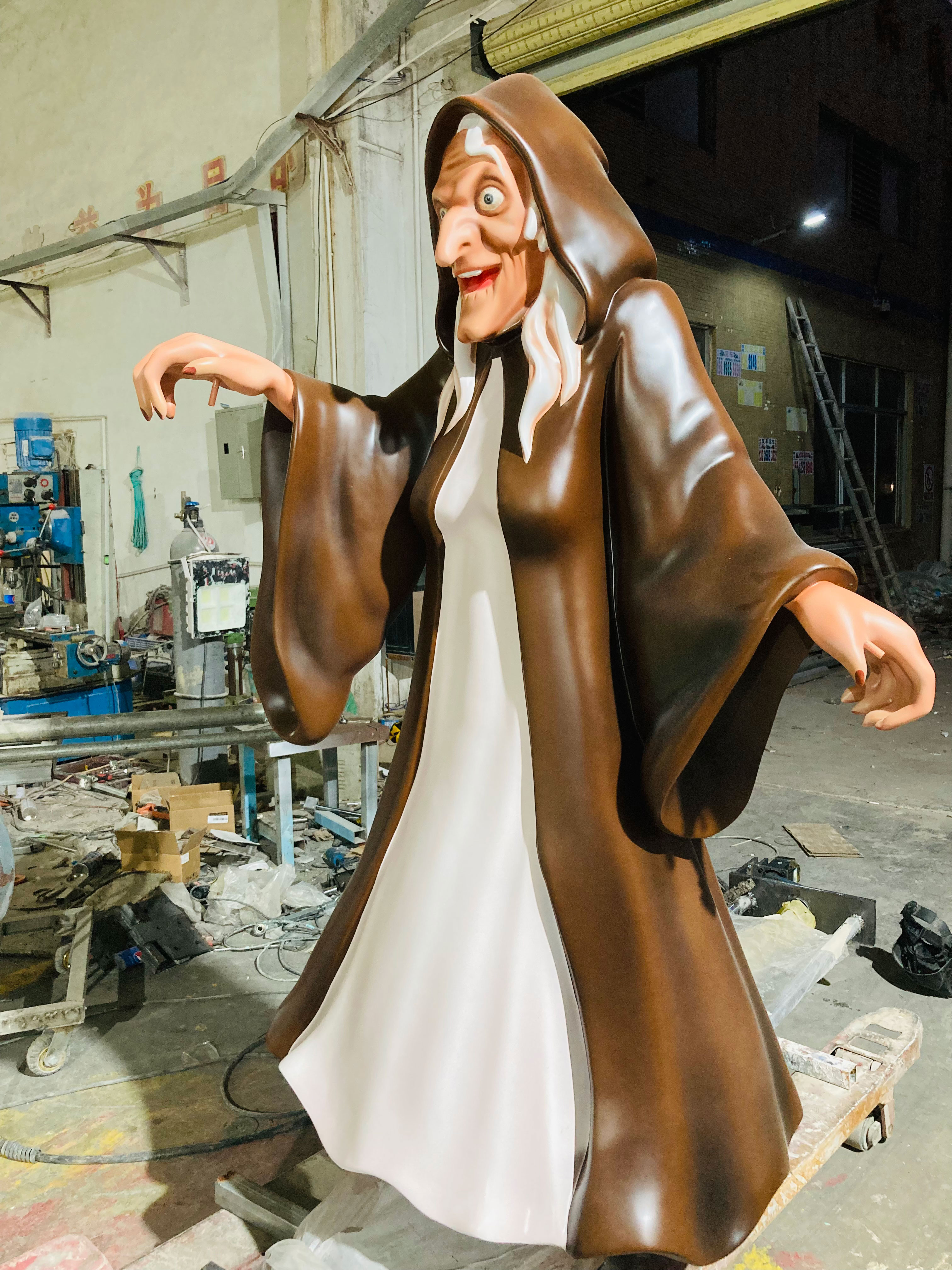
Corrosion Resistance Key Factors
Achieving true rust resistance in outdoor sculptures depends on understanding several critical material properties. Stainless steel's magic lies primarily in its chromium content. When exposed to oxygen, chromium forms an incredibly thin, invisible, protective layer called chromium oxide. This passive layer shields the underlying metal from environmental attacks. However, not all stainless grades offer equal protection. The addition of elements like molybdenum significantly boosts resistance to chlorides, commonly found in coastal salt spray or de-icing salts used on roads. This makes grades like 316L vastly superior to 304L for sculptures near the ocean or in harsh winter environments.
Furthermore, the steel's inner structure matters. Grades designated with an 'L' (https://en.artmovr.com/), withstands the elements for decades.
Structural Integrity Essentials
Getting the material choice right is just the start; ensuring your sculpture can withstand the elements and the test of time hinges on robust structural design. For outdoor stainless steel sculptures, structural integrity isn't optional—it's fundamental. This means carefully considering the thickness and gauge of the metal relative to the sculpture's size and form. Thin sections might buckle under their own weight over time or fail in high winds, while excessive thickness adds unnecessary cost and weight. The design must effectively distribute loads, especially critical points where arms, legs, or other elements connect to the main body. Pay particular attention to the base and its attachment to the foundation; this is the anchor point resisting wind uplift and lateral forces. Internal bracing, often unseen, plays a vital role in preventing unwanted flexing or vibration, particularly important for tall pieces or those with significant cantilevers. Even sculptures designed to move, like certain kinetic sculptures, require a rigid underlying structure to support the moving parts reliably. Neglecting these engineering principles risks premature failure, regardless of the steel's corrosion resistance.
Large Sculpture Material Choices
When scaling up for monumental installations, material selection becomes critical for both longevity and structural demands. The inherent strength and corrosion resistance of stainless steel make it a prime candidate, but choosing the right grade and thickness is paramount. For large outdoor sculptures exposed to the elements year-round, Type 316 stainless steel is often the preferred choice over Type 304. Its higher molybdenum content significantly boosts resistance against chlorides found in coastal air or de-icing salts, a vital factor for long-term integrity in harsh environments. Thicker gauges are typically necessary compared to smaller pieces – sections of 6mm (https://en.artmovr.com/) projects. Material choices directly influence not just the sculpture's appearance but its ability to endure as a permanent public installation.
Surface Finishing Techniques
After welding, the finishing process significantly impacts both the sculpture's appearance and its long-term rust resistance. While stainless steel is inherently corrosion-resistant, the right finish enhances this property and controls the final aesthetic. Mechanical techniques like grinding, brushing, or polishing create different visual textures, from a subtle satin sheen to a highly reflective mirror surface. It's crucial to use abrasives specifically designed for stainless steel to avoid embedding contaminants from other metals, which can lead to rust spots later. Passivation, a vital chemical treatment, removes free iron particles left from fabrication or grinding. This process restores the protective chromium oxide layer on the surface, maximizing the material's natural ability to resist corrosion, especially important for harsh outdoor environments. For colored finishes, Physical Vapor Deposition (PVD) coatings offer exceptional durability and fade resistance without compromising the underlying stainless steel's integrity. Choosing the appropriate finish involves balancing artistic vision with the sculpture's exposure to weather and required maintenance level. The final surface texture also influences how dirt and pollutants adhere, affecting long-term cleaning needs.
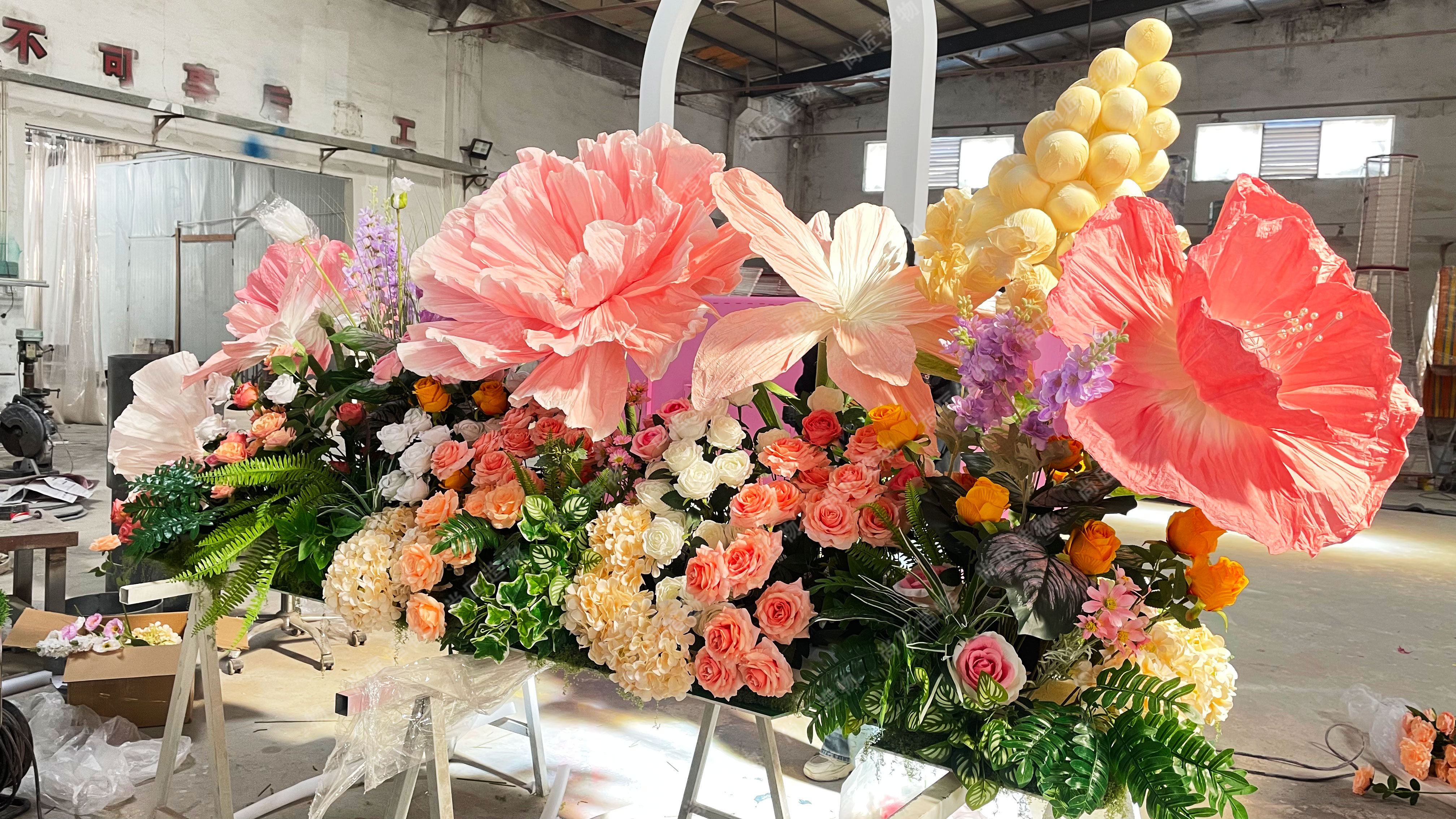
Tube vs Plate Comparison
When considering stainless steel for outdoor sculptures, the choice between tubes and plates significantly impacts the design and fabrication process. Each form offers distinct advantages depending on the artistic vision and structural demands. Tubes, whether round, square, or rectangular, provide excellent inherent strength due to their hollow design. This makes them particularly efficient for creating linear elements, frameworks, or sculptures requiring internal support without excessive weight. Their shape naturally resists bending forces, offering good rigidity. Plates, conversely, deliver large, flat surfaces ideal for creating solid forms, substantial bases, or sculptural elements needing broad, uninterrupted areas. They offer more mass and can be cut, bent, or textured extensively. While both tube and plate forms made from appropriate stainless steel grades (like 304 or 316L) offer excellent corrosion resistance, the fabrication approach differs. Tubes often involve more complex joining at angles, while plates might require careful welding to manage distortion across larger seams. Weight is another factor; tubes achieve considerable volume with less material, potentially lowering overall sculpture weight compared to a solid plate structure of similar size. Cost can also vary, with plates sometimes offering a lower initial material cost per pound, but potentially requiring more fabrication time for complex shapes. Ultimately, the decision hinges on whether the sculpture’s design calls for elegant lines and frameworks (tubes) or bold, solid forms and surfaces (plates).
Wind Load Calculations
This matters because even the strongest stainless steel can fail if wind forces aren't properly considered. Outdoor sculptures act like sails, catching significant force. Calculating wind load helps ensure your artwork stands securely for years, tying directly into structural integrity.
Start by understanding the basic forces. Wind exerts pressure on the sculpture's surface area. The taller or broader the piece, the greater this force becomes. Shape plays a huge role too; rounded forms generally allow wind to flow more smoothly, creating less drag than flat, angular surfaces that catch the wind like a wall. Think about how a flag snaps versus how a ball rolls.
Location is critical. Coastal areas face stronger, salt-laden winds compared to sheltered urban gardens. Building codes often specify minimum wind load requirements based on geographic zones – check your local regulations. You must design anchors capable of resisting uplift and lateral forces specific to your site's wind patterns. Underestimating this can lead to catastrophic failure, especially for large, top-heavy pieces.
While complex formulas exist for precise engineering, many sculptors work with structural engineers for large installations. They factor in the sculpture's weight, center of gravity, the chosen base material (like concrete), and the soil conditions. Getting this calculation right prevents your durable stainless steel creation from becoming a dangerous projectile in a storm.
Conclusion
Ultimately, creating rust-resistant stainless steel sculptures for outdoor display requires careful planning and execution from the very beginning. Selecting the appropriate grade of stainless steel provides the fundamental resistance to corrosion, while skilled welding techniques ensure strong, lasting joints that won't compromise the material's protective layer. Attention to structural integrity, including thoughtful design and proper wind load considerations, prevents long-term deformation or failure. Even the best materials benefit from suitable surface finishing techniques, which enhance both appearance and longevity. While stainless steel offers exceptional durability against the elements, periodic cleaning to remove dirt and environmental deposits helps maintain its aesthetic appeal and corrosion resistance over decades. Properly constructed stainless steel sculptures represent a significant investment, but their ability to withstand harsh outdoor conditions while retaining their form and beauty makes them a worthwhile choice for artists and public spaces alike.
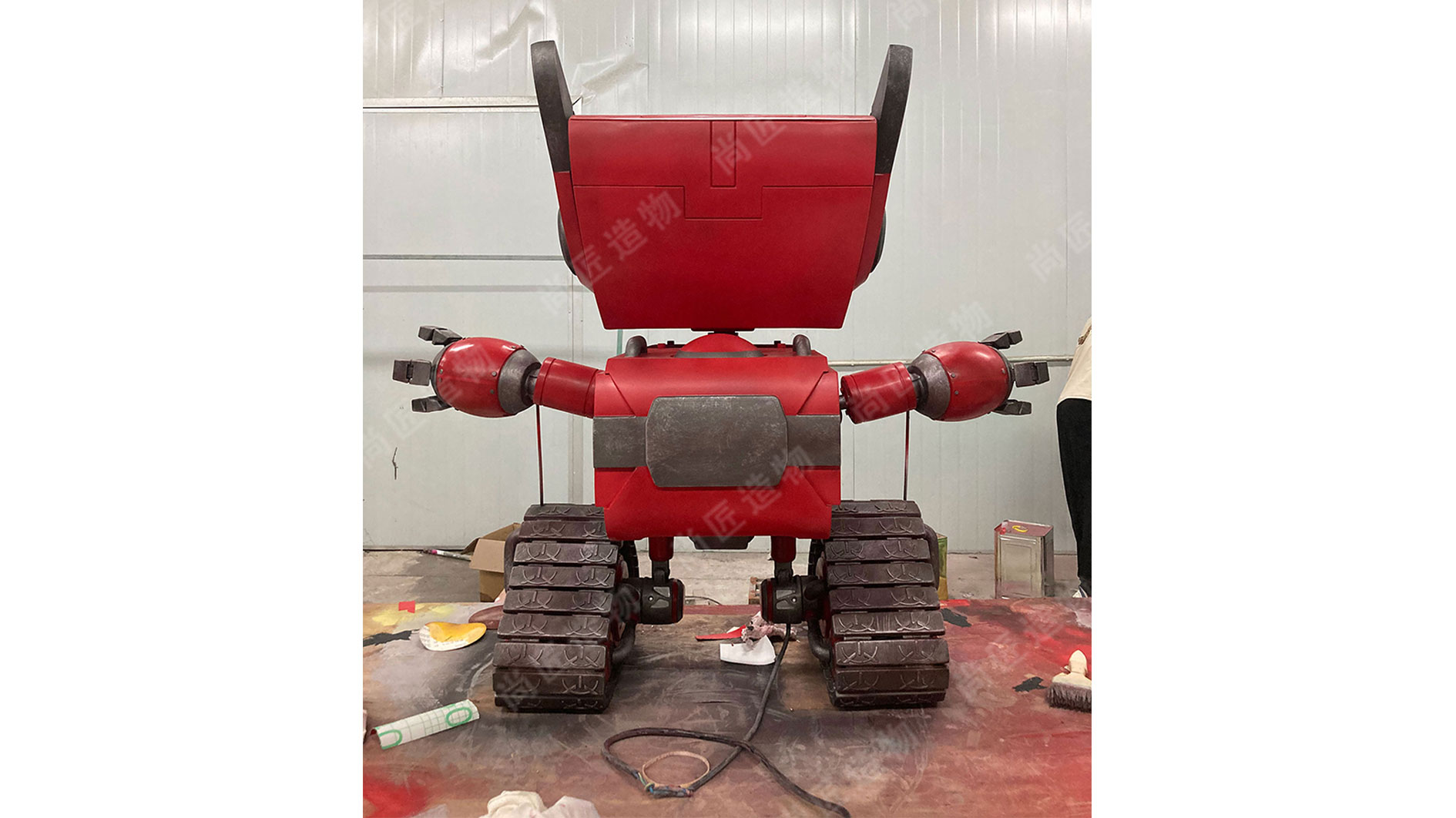
Frequently Asked Questions
How long will a stainless steel sculpture last outdoors?
Properly fabricated sculptures using grade 304 or 316L stainless steel can last for decades, even in harsh weather. The key is selecting the right alloy for your specific environment and ensuring correct welding and finishing.
Does "rust-resistant" mean completely maintenance-free?
While highly resistant, stainless steel isn't rust-proof. Periodic cleaning with mild soap and water removes dirt, salts, and pollutants that could eventually compromise the passive layer. This is especially important near coastlines or in industrial areas.
Is welding stainless for sculptures different from regular steel?
Yes. Stainless steel requires specific techniques to prevent "sugaring" (oxidation at the weld) and maintain corrosion resistance. Using back purge gas (like argon) during TIG welding and dedicated stainless steel filler wire is crucial for outdoor pieces.
How heavy will my large sculpture be?
Stainless steel is dense. Working with hollow tube or sheet forms significantly reduces weight compared to solid plate, making large installations more feasible and reducing foundation costs. Structural engineers can calculate precise loads.
Can I use cheaper stainless steel to save money?
Using lower grades like 430 or non-stainless metals significantly increases rust risk long-term. Investing in suitable 304 or 316L upfront is almost always more cost-effective over the sculpture's lifetime, avoiding repairs or replacement.
Do I need special foundations for tall sculptures?
Absolutely. Tall pieces act as sails. Proper wind load calculations determine the size and depth of concrete footings needed. Anchoring systems must be stainless steel too to prevent galvanic corrosion where metals contact.
 ch
ch English
English

